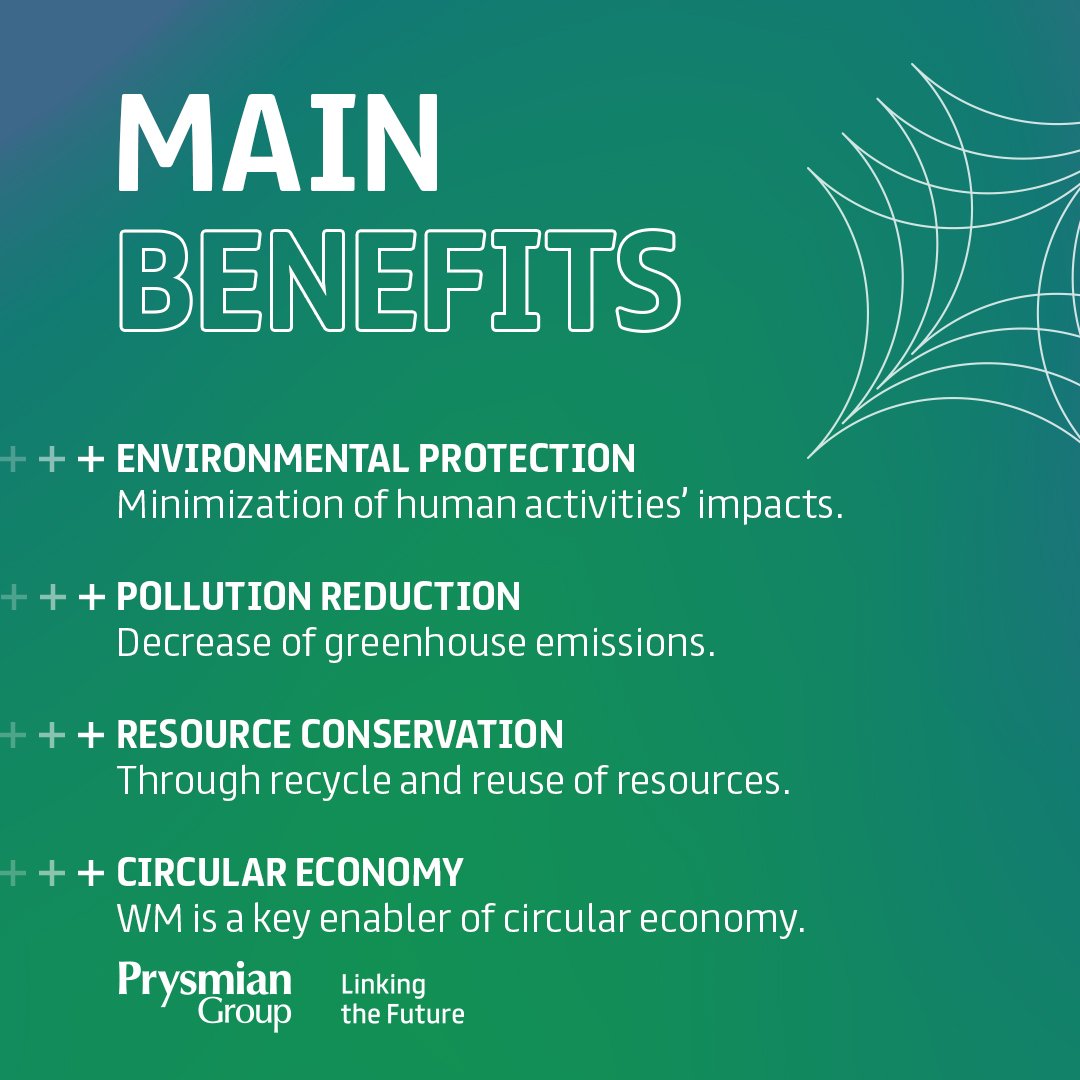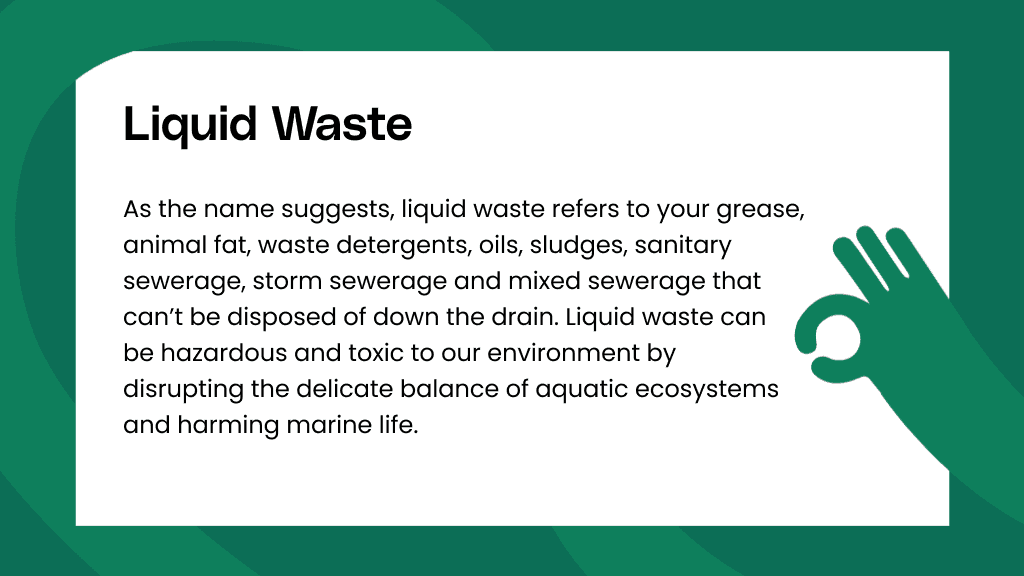About Reclaim Waste
About Reclaim Waste
Blog Article
What Does Reclaim Waste Do?
Table of ContentsA Biased View of Reclaim WasteSome Known Details About Reclaim Waste Little Known Facts About Reclaim Waste.The 8-Minute Rule for Reclaim WasteThe smart Trick of Reclaim Waste That Nobody is Talking About
Domestic sewer waste refers to the waste and products from a residential septic tank. The correct monitoring and disposal of domestic sewer waste need liquid waste to be moved to a sewage treatment plant where the appropriate methods and equipment are used to detoxify and dispose of waste.
Industrial waste commonly consists of possible hazards, such as flammable products or a combination of liquid and solid waste items, and calls for a more sophisticated and thorough disposal procedure. The disposal of business waste generally includes the purification of waste before transport to ensure risk-free and correct disposal. Industrial waste is created from byproducts and runoff of industrial processes and production.
This sort of waste can not make use of the very same sewer monitoring transportation or processes as septic or commercial liquids. The hazardous waste administration process requires the assessment and testing of fluid waste before it undergoes the disposal procedure (liquid waste disposal). Drainage waste is the liquid waste that originates from overflow and excess stormwater in highly inhabited locations or cities
Drainage waste can cause contamination and flooding if not taken care of correctly. Guaranteeing correct waste monitoring can prevent catastrophes and lower environmental injury.
What Does Reclaim Waste Mean?
Contact PROS Solutions today to find out regarding our waste monitoring and disposal solutions and the correct methods to care for the fluid waste you produce.
(https://www.storeboard.com/reclaimwaste2)Do you understand what takes place to your water when you end, purge the bathroom or drain the washing machine? No? Well, it deserves understanding. This so-called 'wastewater' is not only an important resource yet, after treatment, will certainly be released to our land, waterways or the sea. Utilized water from commodes, showers, bathrooms, kitchen sinks, laundries and industrial processes is referred to as wastewater.

water utilized to cool down machinery or clean plant and equipment). Stormwater, a kind of wastewater, is runoff that streams from agricultural and metropolitan locations such as roof coverings, parks, yards, roads, paths and seamless gutters right into stormwater drains pipes, after rain. Stormwater streams neglected straight to local creeks or rivers, ultimately getting to the ocean.
10 Easy Facts About Reclaim Waste Shown
In Queensland, a lot of wastewater is dealt with at sewage treatment plants. Wastewater is moved from domestic or industrial sites via a system of sewage systems and pump terminals, understood as sewage reticulation, to a sewage therapy plant.
The Department of Natural Resources advises neighborhood federal governments concerning managing, operating and preserving sewerage systems and therapy plants. In unsewered areas, city governments may call for householders to mount private or house sewage therapy systems to deal with residential wastewater from bathrooms, kitchens, washrooms and washings. The Division of Natural Resources authorizes using household systems when they are confirmed to be efficient.
Most stormwater gets no therapy. In some new neighborhoods, treatment of some stormwater to eliminate trash, sand and crushed rock has actually started making use of gross pollutant catches. Wastewater therapy takes place in 4 stages: Eliminates strong matter. Bigger solids, such as plastics and other things mistakenly released to sewage systems, are internet removed when wastewater is travelled through displays.
Wastewater after that moves right into big storage tanks where solids work out and are eliminated as sludge. Grease and scum are skimmed from the surface area. Utilizes tiny living organisms knows as micro-organisms to damage down and get rid of continuing to be dissolved wastes and fine fragments. Micro-organisms and wastes are included in the sludge. Gets rid of nitrogen and phosphorus nutrients that might cause algal blooms in our waterways and intimidate aquatic life.
All About Reclaim Waste
Nutrient removal is not offered at all sewage therapy plants due to the fact that it calls for expensive specialised devices. Clear liquid effluent produced after treatment may still have disease-causing micro-organisms - liquid waste removal melbourne.

This generally suggests wastewater has actually to be dealt with or pollutants gotten rid of before it can be released to rivers. The majority of wastewater moves into the sewage system. Under the Act, local governments provide authorizations and licences for environmentally pertinent activities (Periods) involving wastewater launches that might have a neighborhood influence. The department carries out approvals and licences to Ages involving wastewater releases that may have a regional or statewide influence.
How Reclaim Waste can Save You Time, Stress, and Money.
Monitoring gives factual information about water top quality and can confirm that licence conditions are being fulfilled. The information obtained through monitoring offers the basis for making water high quality decisions.
Report this page